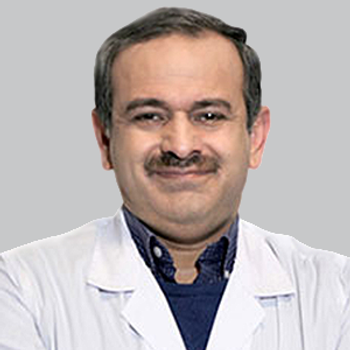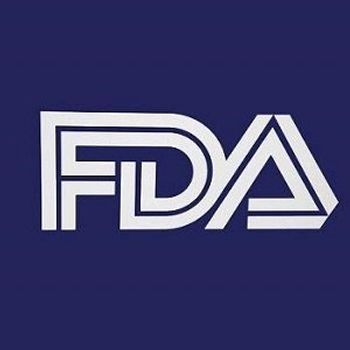
CNS Poster Highlights Economic Burden of Angelman Syndrome in the United States
Key Takeaways
- Angelman syndrome incurs significant costs, mainly from outpatient and specialty services, with annual expenses adjusted to 2024 dollars ranging from $33,989 to $41,281.
- The disorder affects approximately 1 in 10,000-24,000 people worldwide, with key symptoms including developmental delay, intellectual disability, and seizures.
A recent study reveals the significant economic burden of Angelman syndrome, highlighting rising healthcare costs and ongoing therapeutic developments.
A recently presented retrospective cohort study using Komodo Health claims painted a picture of the economic burden patients with Angelman syndrome (AS) face, as costs were mainly driven by outpatient services and other types of specialty services.1
AS is a rare neurogenetic disorder caused by the loss or dysfunction of the UBE3A gene on the maternal copy of chromosome 15. Because the UBE3A gene is primarily active in neurons from the maternal chromosome, loss of its function leads to characteristic neurological and developmental symptoms.
The analysis, presented at the
Among those identified through claims, the average total costs ranged from $33,989 in 2021 to $41,281 in 2023. Of note, these costs were adjusted to 2024 U.S. dollars using the Consumer Price Index for Medical Care. A closer look at what’s driving these costs highlighted the impacts of outpatient services, such as physician, imaging, and lab services, accounting for 37% of charges. Other charges, such as physical therapy, occupational therapy, speech therapy, and home health, accounted for 33% of paid charges.
AS is a disorder that typically affects younger patients, as results showed that the average age of identified patients was 19. Of these, 52% were male, and 50% were Medicaid beneficiaries. The analysis identified several common comorbidities, including seizures, present in 76% of patients, respiratory complications (36%), gastrointestinal disorders (41%), movement and mobility disorders (31%), sleep disorders (28%), and scoliosis (12%).
READ MORE:
Over the past 2 decades, there have been a handful of studies that have estimated the prevalence of AS. Across these, the disorder is believed to affect roughly 1 in 10,000-24,000 people worldwide, translating to about 15,000-20,000 individuals in the United States. Some of the key features of the disease include developmental delay and intellectual disability, speech impairment, seizures, and movement and balance issues, among others.
Current therapies for AS focus solely on symptom management, and no approach has been successful in reactivating the silenced paternal UBE3A allele. Some studies have demonstrated that UBE3A levels influence key cellular pathways, including cAMP, MAPK, c-Jun N-terminal kinase (JNK), and extracellular signal-regulated kinase (ERK). Because UBE3A normally degrades intracellular proteins, its absence may cause substrate buildup and disrupted cell signaling, making JNK inhibition a potential therapeutic target.2
There are a number of candidates in the pipeline for AS, the most advanced being Ionis’ ION582. The drug, an investigational RNA-targeted antisense medicine designed to inhibit the expression of the UBE3A antisense transcript, is currently being studied in a phase 3 trial, dubbed REVEAL (NCT06914609). This large-scale, placebo-controlled 52-week trial is expected to include 200 children and adults with AS, using change in expressive communication through Bayley Scales for Infant and Toddler Development as the primary outcome measure.3
REFERENCES
1. Kymes S, Bird L, Ma X, et al. The economic burden of Angelman syndrome in the United States. Presented at: 2025 Child Neurology Society (CNS) Annual Meeting; October 8-11; Charlotte, NC. Abstract 199
2. Fatima J, Tonazzini I, Daniele S. Molecular aspects of Angelman syndrome: Defining the new path forward. Biomol Biomed. 2025;25(9):1928-1936. doi:10.17305/bb.2025.11724
3. First patient dosed in pivotal Phase 3 REVEAL clinical study of ION582 in Angelman syndrome. News release. Ionis Pharmaceuticals. June 11, 2025. Accessed October 8, 2025. https://ir.ionis.com/news-releases/news-release-details/first-patient-dosed-pivotal-phase-3-reveal-clinical-study-ion582
Newsletter
Keep your finger on the pulse of neurology—subscribe to NeurologyLive for expert interviews, new data, and breakthrough treatment updates.



































